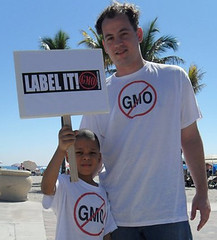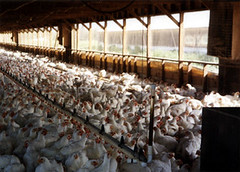Since 1970, Earth Day has been celebrated as a worldwide day of events to demonstrate commitment to the environment, and as such, it is a day that everyone can celebrate, big or small. We here at LGBG urge all of our readers to get involved and plan some activity for the day. Of course, we have a few suggestions.
1. Plant something. It could be a garden, large or small, or maybe a balcony garden. Also, it could be one vegetable or flowering plant. This could be a fun project to do with children. They will love caring for a flower or vegetable plant, and imagine their pride when they see the end result, a beautiful blossom or a vegetable that they can consume. If time is too short or the weather is not amenable to planting something, consider joining the National Arbor Foundation (http://www.arborday.org/) and donating seedling trees to be planted in designated areas sorely in need of reforestation.
2. Use recyclable bags. If you go shopping on Earth Day, refuse to use a plastic bag. Take a recyclable bag from home or purchase one for the articles you purchase. Try storing these bags in your car to be used for future shopping trips.
3. Park the car. Turn off the television. Take a walk. Play games outside. Relax and celebrate Mother Nature.
4. Pledge an act of green. There are many environmental and green organizations that would appreciate your financial support. We here at LGBG ask that you consider supporting Africa Inside (http://africainside.org/globalconservation/one-wordplastics/) in its drive to rid the African countryside of plastic bags and No Water No Life (http://nowater-nolife.org/index.html), a wonderful organization that “documents North American and African watersheds to illustrate degradation of fresh water resources and stewardship solutions“.
5. Reduce your carbon footprint starting tomorrow. This can be done by skipping meat at a meal, taking public transportation, and turning off the lights when leaving a room.
These are just a few suggestions to get engaged in tomorrow’s Earth Day Celebration. Others can be found on the Internet and on community boards. Also, once you choose an activity, make sure you upload a picture of it on “The Face of Climate Change” photo mosaic at www.earthday.org/2013.
Earth Day is an annual celebration open to anyone interested in the protection of the environment and sustainability. To join in this global movement to protect our natural resources and to ensure a healthy world for future generations is a great path on the journey to live green, be green.










